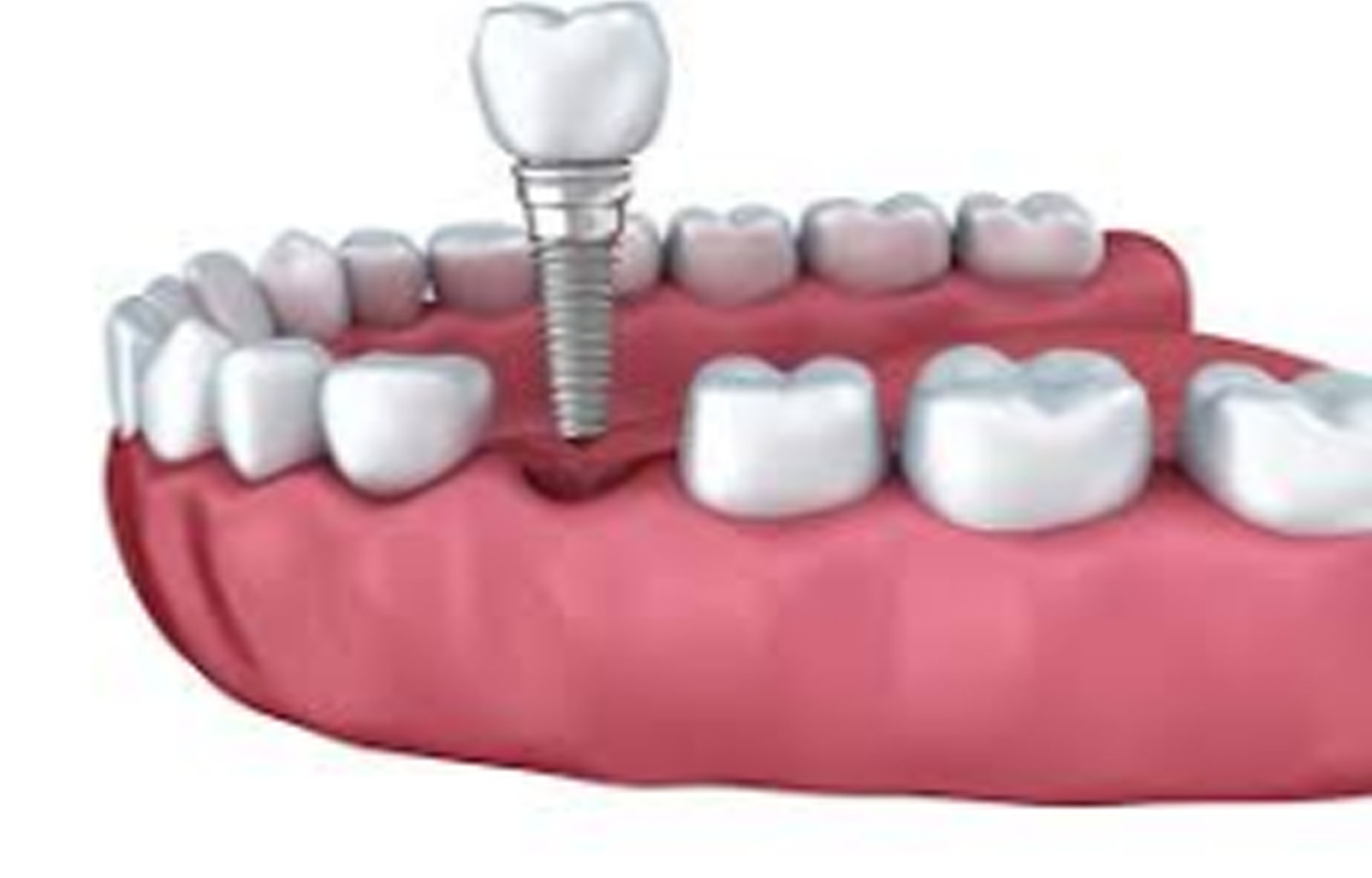- Home
- Medical news & Guidelines
- Anesthesiology
- Cardiology and CTVS
- Critical Care
- Dentistry
- Dermatology
- Diabetes and Endocrinology
- ENT
- Gastroenterology
- Medicine
- Nephrology
- Neurology
- Obstretics-Gynaecology
- Oncology
- Ophthalmology
- Orthopaedics
- Pediatrics-Neonatology
- Psychiatry
- Pulmonology
- Radiology
- Surgery
- Urology
- Laboratory Medicine
- Diet
- Nursing
- Paramedical
- Physiotherapy
- Health news
- Fact Check
- Bone Health Fact Check
- Brain Health Fact Check
- Cancer Related Fact Check
- Child Care Fact Check
- Dental and oral health fact check
- Diabetes and metabolic health fact check
- Diet and Nutrition Fact Check
- Eye and ENT Care Fact Check
- Fitness fact check
- Gut health fact check
- Heart health fact check
- Kidney health fact check
- Medical education fact check
- Men's health fact check
- Respiratory fact check
- Skin and hair care fact check
- Vaccine and Immunization fact check
- Women's health fact check
- AYUSH
- State News
- Andaman and Nicobar Islands
- Andhra Pradesh
- Arunachal Pradesh
- Assam
- Bihar
- Chandigarh
- Chattisgarh
- Dadra and Nagar Haveli
- Daman and Diu
- Delhi
- Goa
- Gujarat
- Haryana
- Himachal Pradesh
- Jammu & Kashmir
- Jharkhand
- Karnataka
- Kerala
- Ladakh
- Lakshadweep
- Madhya Pradesh
- Maharashtra
- Manipur
- Meghalaya
- Mizoram
- Nagaland
- Odisha
- Puducherry
- Punjab
- Rajasthan
- Sikkim
- Tamil Nadu
- Telangana
- Tripura
- Uttar Pradesh
- Uttrakhand
- West Bengal
- Medical Education
- Industry
Metal-ceramic and monolithic zirconia single crowns lead to similar peri implant marginal bone changes: Study

According to recent research, investigators have found out that the peri-implant marginal bone level change was comparable after prosthetic loading for metal-ceramic and monolithic zirconia single crowns, as published in the Journal of Prosthetic Dentistry.
Monolithic zirconia has excellent mechanical and biologic properties. However, evidence of the clinical properties of implant-supported monolithic zirconia prostheses is limited.
Hence, authors Xiao-tingShen and colleagues from the The Affiliated Hospital of Stomatology, School of Stomatology, Zhejiang University School of Medicine, and Key Laboratory of Oral Biomedical Research of Zhejiang Province, Hangzhou, Zhejiang, PR China conducted this study with the sole purpose to compare the peri-implant marginal bone changes of metal-ceramic and monolithic zirconia single crowns in the posterior region after prosthetic loading.
A total of 224 participants treated with 327 implants restored with either metal-ceramic or monolithic zirconia single crowns in the posterior region were included in this study. Clinical outcomes, including the plaque index, peri-implant probing depth, and bleeding on probing, were recorded, and the marginal bone level was recorded by using the panoramic radiographs obtained at implant placement, second-stage surgery, and the most recent follow-up visit. The included parameters were analyzed with the nonparametric Mann-Whitney tests (α=.05).
The results showed that-
a. The mean follow-up time was 30.4 months, and the cumulative survival rate of implants was 100% and that of the prostheses was 99.1%.
b. The plaque index was 0.46 in the metal-ceramic group, which was significantly higher (P<.05) than 0.37 in the monolithic zirconia group.
c. However, no significant differences (P>.05) were observed in peri-implant probing depth and bleeding on probing between the 2 groups.
d. The marginal bone level at implant placement, second-stage surgery, and the most recent follow-up visit was above the implant platform in both the metal-ceramic and monolithic zirconia groups.
e. The marginal bone changes of the metal-ceramic group was 0.31 mm in the healing period and 0.38 mm in the prosthetic loading period, while in the monolithic zirconia group, it was 0.25 mm in the healing period and 0.43 mm in the prosthetic loading period; no significant differences (P>.05) were observed between the 2 groups.
Therefore, the authors concluded that "The peri-implant marginal bone level change was comparable after prosthetic loading for metal-ceramic and monolithic zirconia single crowns, although monolithic zirconia was associated with reduced plaque."
Dr. Nandita Mohan is a practicing pediatric dentist with more than 5 years of clinical work experience. Along with this, she is equally interested in keeping herself up to date about the latest developments in the field of medicine and dentistry which is the driving force for her to be in association with Medical Dialogues. She also has her name attached with many publications; both national and international. She has pursued her BDS from Rajiv Gandhi University of Health Sciences, Bangalore and later went to enter her dream specialty (MDS) in the Department of Pedodontics and Preventive Dentistry from Pt. B.D. Sharma University of Health Sciences. Through all the years of experience, her core interest in learning something new has never stopped. She can be contacted at editorial@medicaldialogues.in. Contact no. 011-43720751
Dr Kamal Kant Kohli-MBBS, DTCD- a chest specialist with more than 30 years of practice and a flair for writing clinical articles, Dr Kamal Kant Kohli joined Medical Dialogues as a Chief Editor of Medical News. Besides writing articles, as an editor, he proofreads and verifies all the medical content published on Medical Dialogues including those coming from journals, studies,medical conferences,guidelines etc. Email: drkohli@medicaldialogues.in. Contact no. 011-43720751


